Being prepared doesn’t have to break the bank. In fact, many prepping strategies align perfectly with frugal living. These tips will help you save money while building your preparedness supplies and skills, ensuring you’re ready for whatever comes your way.
1. Start a Vegetable Garden
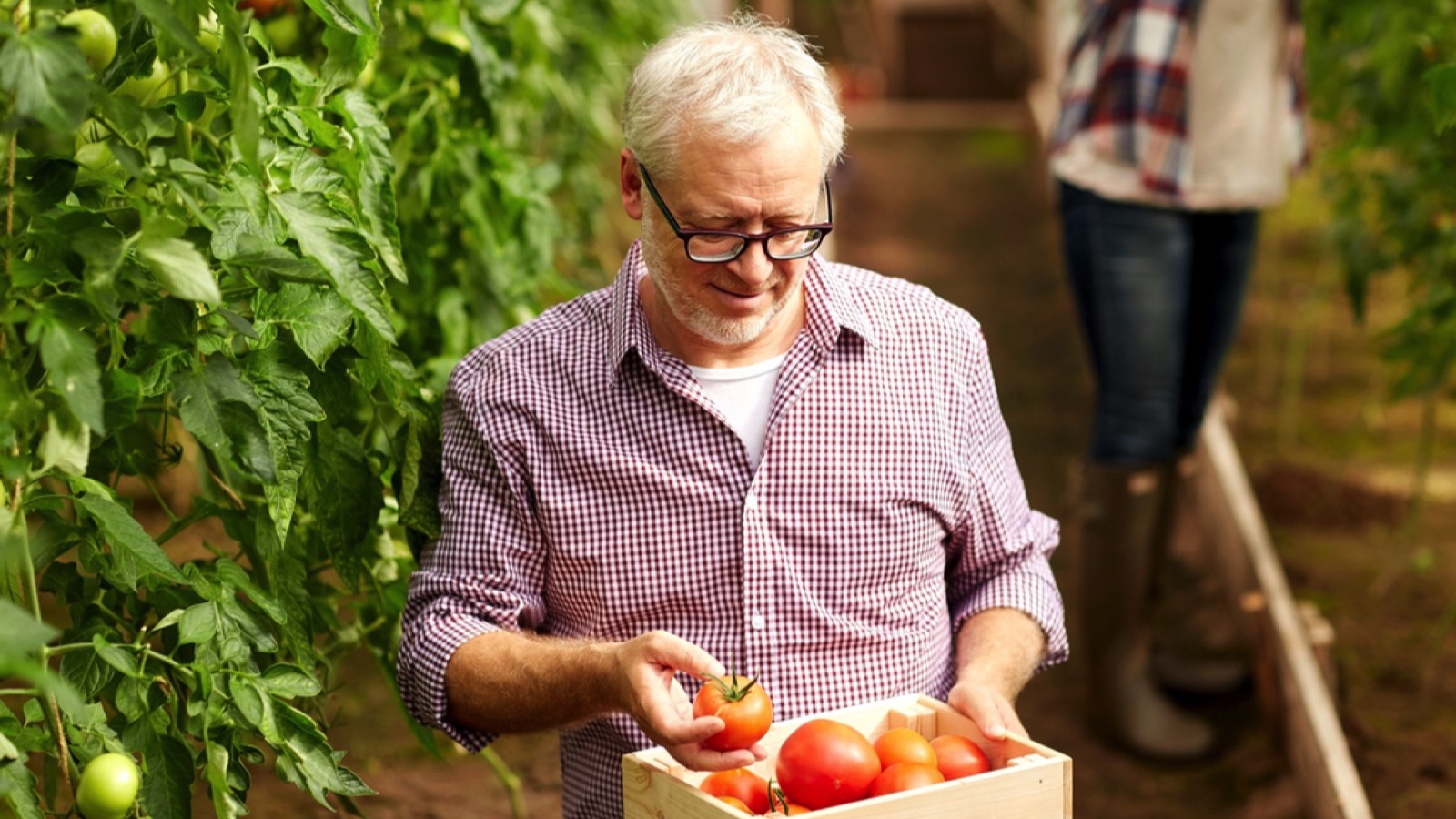
Growing your own food is a great way to save money and increase your self-reliance. Start small with easy-to-grow vegetables like tomatoes, lettuce, and beans. Use compost to enrich your soil for free. Save seeds from your harvest to plant next year. A 10×10 foot garden can produce about $700 worth of fresh vegetables in a season.
2. Learn to Can and Preserve Food

Preserve your garden’s bounty or take advantage of seasonal sales. Canning lets you store food for years without refrigeration. Start with high-acid foods like tomatoes and fruits, which are easier to can safely. A pressure canner is needed for low-acid foods like vegetables and meats. Properly canned foods can last 2-5 years or even longer.
3. Buy in Bulk and Store Properly

Purchasing larger quantities often results in a lower price per unit. Focus on non-perishable items like rice, beans, and canned goods. Always compare the price per ounce or pound to ensure you’re getting a good deal. Invest in proper storage containers to keep pests out and maintain freshness. A 5-gallon bucket of rice can provide about 300 servings and last up to 30 years if stored correctly.
4. Use a Pressure Cooker

A pressure cooker can save you time, energy, and money. It cooks food up to 70% faster than traditional methods, using less energy. Tough, cheaper cuts of meat become tender quickly. Dry beans cook in about 30 minutes without pre-soaking. Many models are multi-functional, replacing several kitchen appliances.
5. Make Your Own Cleaning Products

Store-bought cleaners are expensive and often full of harsh chemicals. Make your own with simple ingredients like vinegar, baking soda, and lemon juice. A gallon of white vinegar costs about $2-$3 and can clean almost anything in your home. Mix equal parts water and vinegar for an all-purpose cleaner that costs pennies per use.
6. Repair and Maintain Your Gear

Learn basic repair skills to extend the life of your equipment and clothing. A $20 sewing kit can save you hundreds in clothing repairs. Regular maintenance of tools and appliances prevents costly replacements. YouTube is a great free resource for learning repair skills. Fixing things yourself also increases your self-reliance in emergency situations.
7. Use Reusable Instead of Disposable
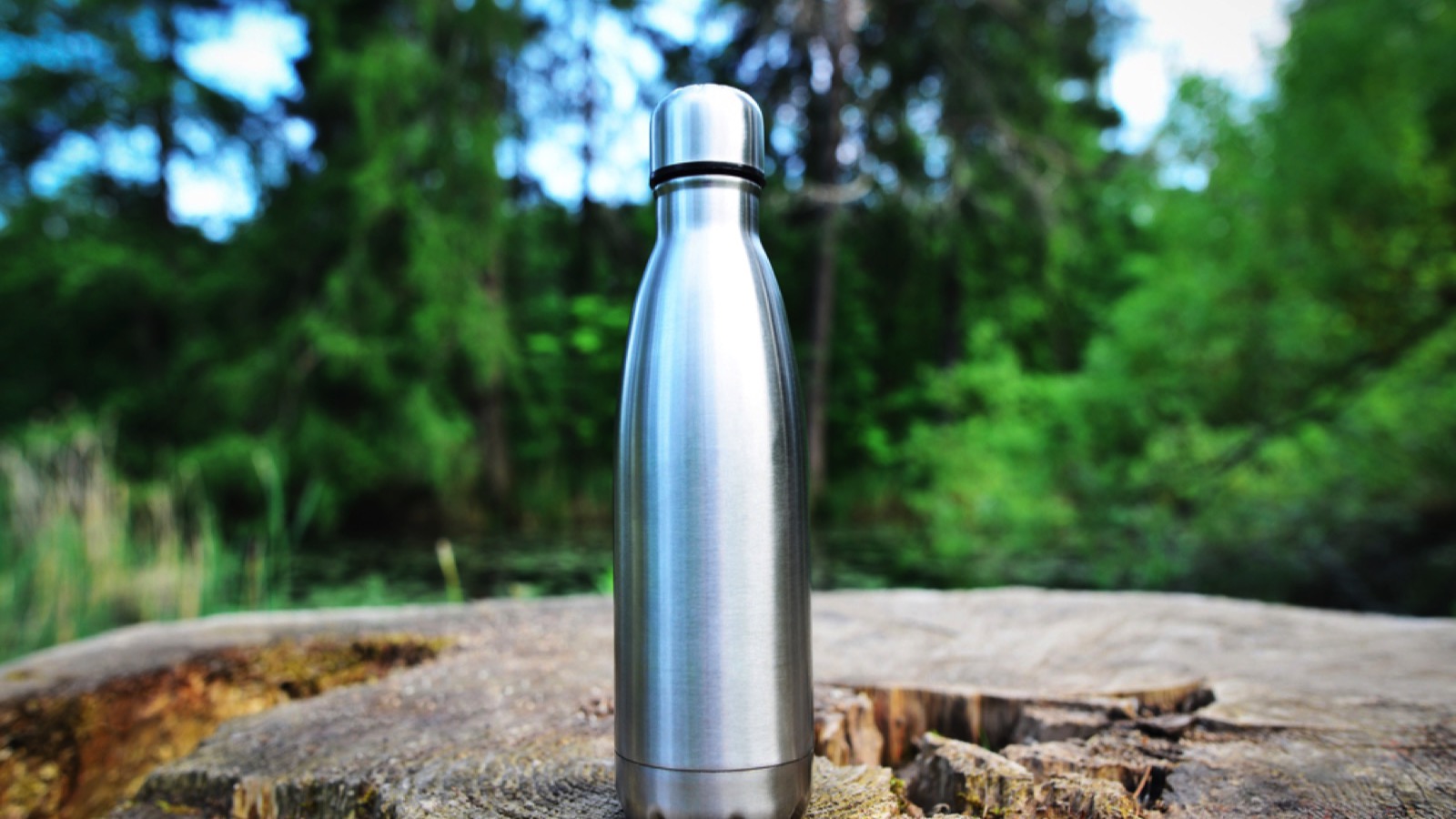
Switch to cloth napkins, rags, and handkerchiefs instead of paper products. Use a reusable water bottle instead of buying bottled water. Invest in rechargeable batteries. The upfront cost may be higher, but you’ll save money over time. For example, a family of four can save about $100 per year just by switching to cloth napkins.
8. Practice Meal Planning and Batch Cooking

Plan your meals around sales and what you have on hand. This reduces food waste and impulse buys. Cook large batches and freeze portions for quick meals later. This saves time and energy. Studies show that meal planning can reduce your grocery bill by 10-15% and significantly cut down on food waste.
9. Learn to Forage Safely
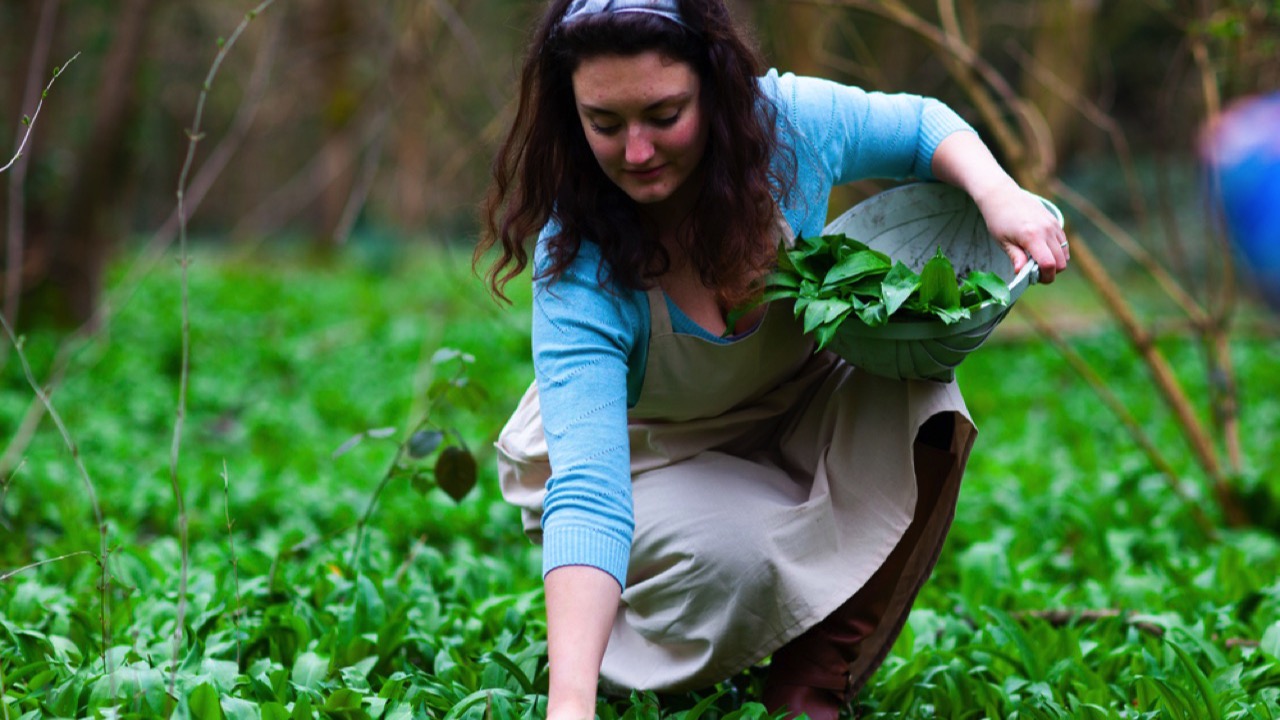
Foraging can add variety to your diet for free. Common edible plants like dandelions, chickweed, and wild berries are nutritious and abundant. Always use a reliable guide and be 100% sure of identification before eating any wild plant. Never forage in areas that might be sprayed with pesticides. Start with easy-to-identify plants and gradually build your knowledge.
10. Use the Library for Resources

Your library card is a valuable preparedness tool. Borrow books on survival skills, gardening, and DIY projects instead of buying them. Many libraries offer free classes and workshops. Some even lend tools and equipment. Use library computers and internet to save on home utilities. The average American household can save over $500 per year by using the library instead of buying books and media.
11. Practice No-Spend Challenges

Set aside a week or a month where you don’t spend money on anything non-essential. Use this time to use up stockpiled food, practice your skills, and get creative with what you have. This helps you save money and identify areas where you might be overspending. Many people report saving 20-30% of their usual monthly expenses during a no-spend month.
12. Learn Basic Car Maintenance
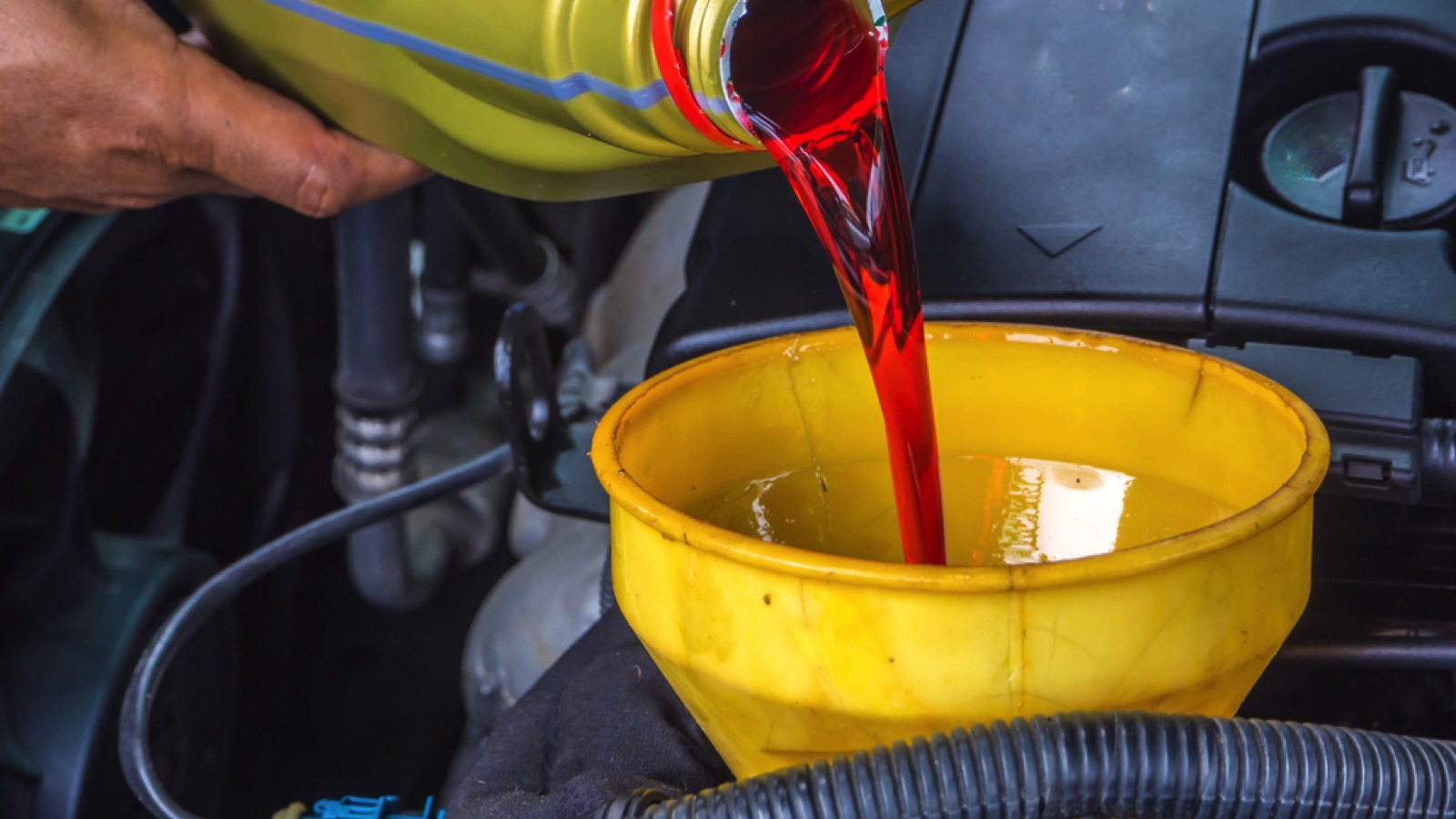
Simple car maintenance can save you hundreds in mechanic fees. Learn to change your oil, replace air filters, and rotate tires. These skills are also valuable in emergency situations. Regular maintenance can extend your car’s life by years. For example, regular oil changes can improve fuel efficiency by 1-2%, saving you money at the pump.
13. Cut Your Own Hair

Learning to cut hair can save a family of four over $200 per year. Start with simple trims and gradually learn more complex techniques. Invest in a good pair of hair-cutting scissors, which can last for years with proper care. This skill is also valuable in long-term emergency situations where professional haircuts might not be available.
14. Make Your Own Bread

Homemade bread is cheaper and often healthier than store-bought. A basic loaf costs about $0.50 to make at home, compared to $2-$3 for a store-bought loaf. Learn to make sourdough for even more savings, as you won’t need to buy yeast. Baking bread also reduces packaging waste and gives you control over the ingredients.
15. Use Multi-Purpose Items

Choose items that can serve multiple functions to save money and space. For example, a large pot can be used for cooking, water storage, and washing clothes. Baking soda works as a cleaner, deodorizer, and toothpaste. A good knife can be a tool, weapon, and eating utensil. This approach reduces the number of items you need to buy and store.
16. Practice Bartering

Develop skills that you can trade for goods or services. This could be anything from gardening to mechanics to haircuts. Join local bartering groups or online communities. Bartering can help you get things you need without spending money and builds community connections. It’s also a valuable skill in economic downturns or post-disaster scenarios.
17. Use Solar Power for Small Devices
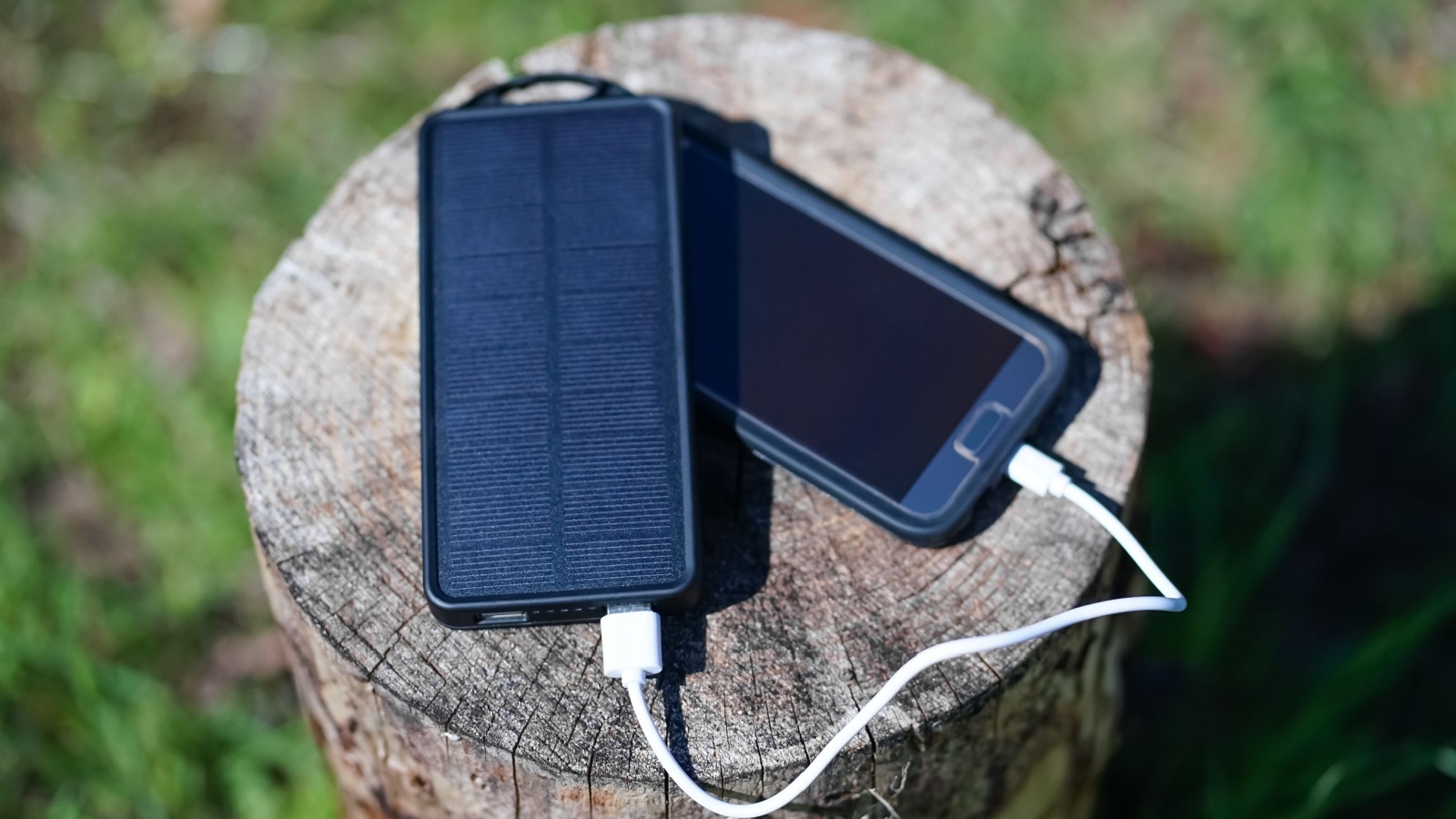
Invest in a small solar charger for devices like phones and tablets. This reduces your electricity bill and prepares you for power outages. A good solar charger costs $20-$50 and can last for years. Some models can also charge AA and AAA batteries, further reducing your need to buy disposables.
18. Learn to Sew and Mend

Basic sewing skills can extend the life of your clothes and gear. Learn to patch holes, sew on buttons, and make simple alterations. A $20 sewing kit can save you hundreds in clothing repairs and replacements. You can also make your own gear, like stuff sacks or simple clothing, saving even more money.
19. Use a Clothesline
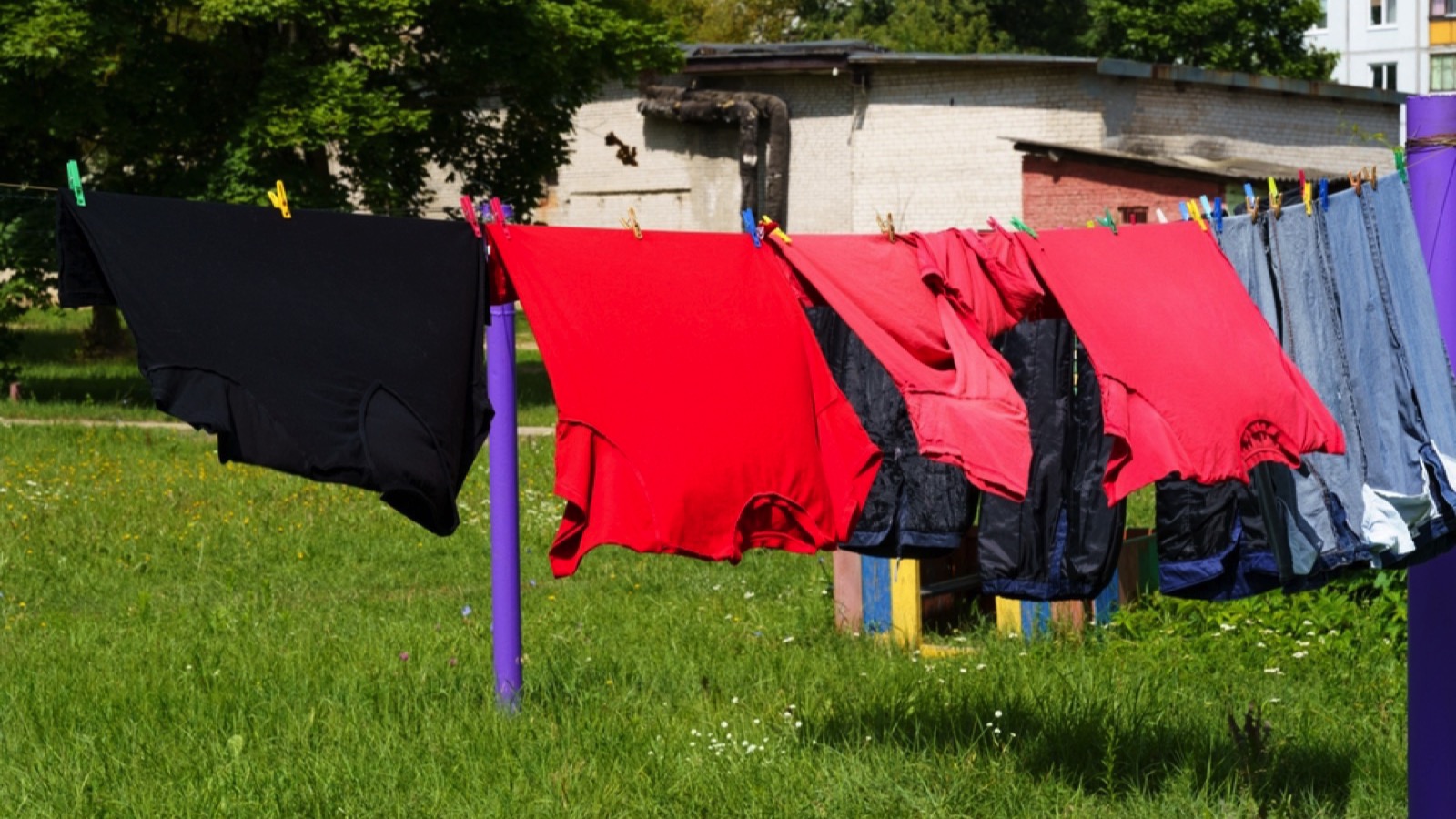
Drying clothes on a line instead of in a dryer can save about $100 per year in energy costs for an average family. It also extends the life of your clothes by reducing wear and tear. In winter, use indoor drying racks. As a bonus, this adds humidity to dry indoor air. A sturdy clothesline costs less than $20 and can last for years.
20. Practice Water Conservation
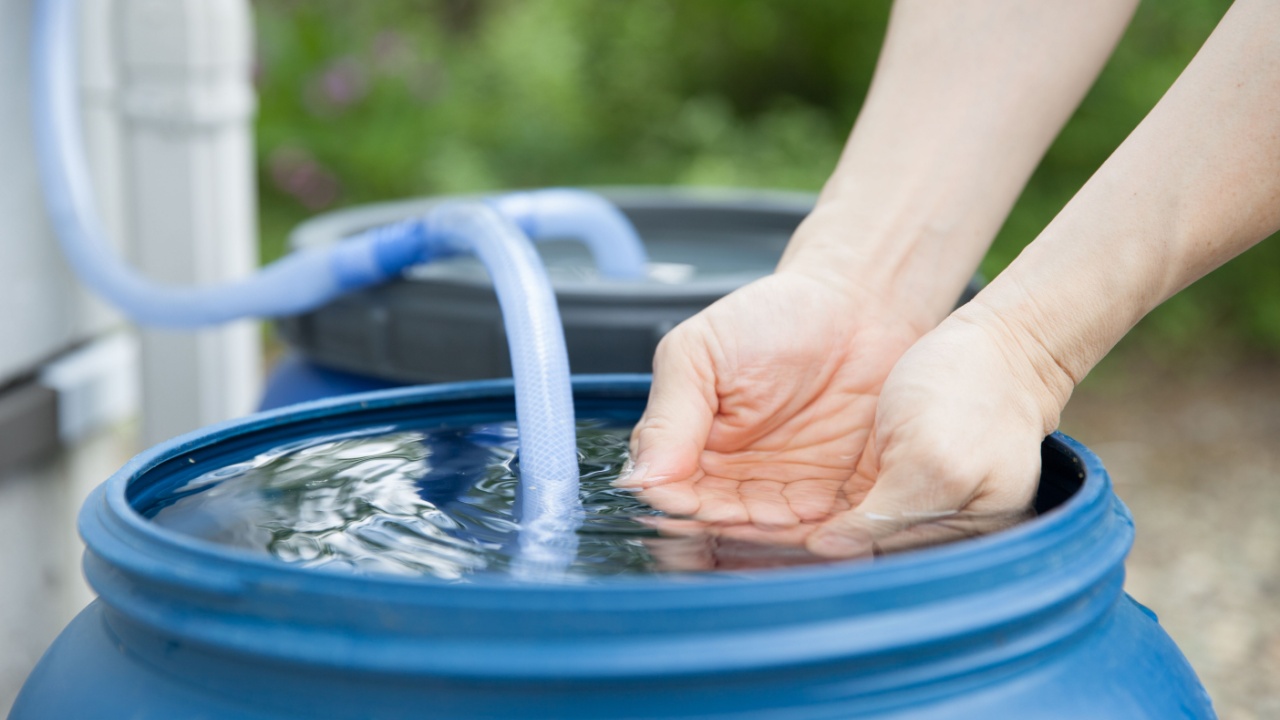
Reducing water usage saves money and prepares you for potential shortages. Fix leaky faucets promptly – a faucet dripping once per second wastes 3,000 gallons per year. Install low-flow showerheads and faucet aerators. Collect rainwater for gardening. These habits can cut your water bill by 10-20% and make you more resilient to water supply disruptions.
21. Use Every Part of Everything

Adopt a “waste not, want not” mindset. Save vegetable scraps to make stock. Use citrus peels for cleaning. Compost inedible parts to enrich your garden soil. Even things like empty containers can be repurposed for storage or organizational use. This approach reduces your need to buy new items and maximizes the value of what you have.
22. Learn to Hunt and Fish

If legal in your area, hunting and fishing can provide low-cost, high-quality protein. Learn the regulations and safety practices. Start with inexpensive gear and upgrade as needed. Properly preserved game meat can last for months. These skills are also valuable in long-term survival situations. Remember to factor in the cost of licenses and equipment when calculating savings.
23. Use Natural Remedies When Appropriate
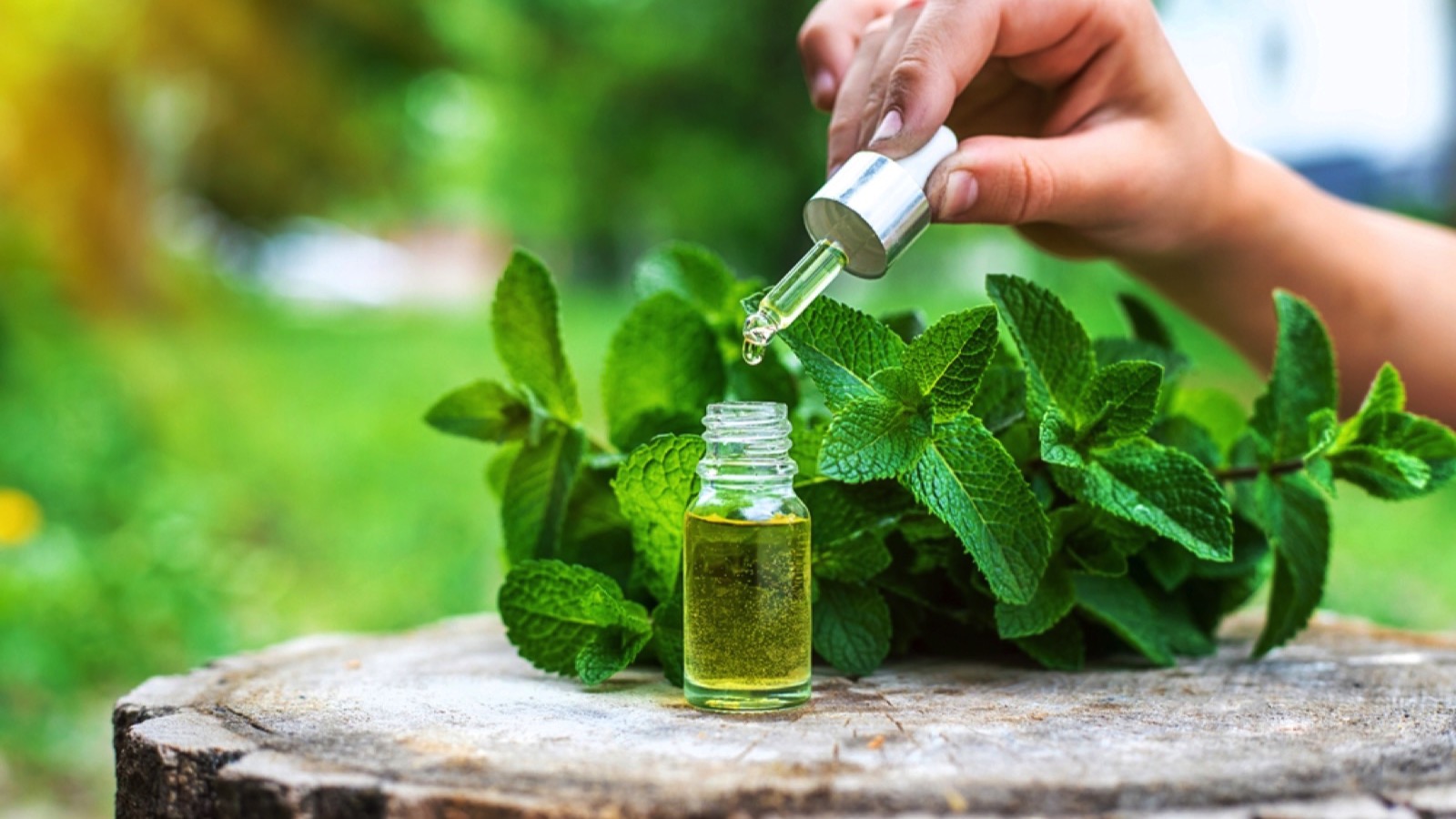
Learn about herbal remedies and natural treatments for minor ailments. Growing medicinal herbs like echinacea, chamomile, and peppermint is inexpensive and can save you money on over-the-counter medications. Always research thoroughly and consult a healthcare professional when needed. This knowledge can be especially valuable when access to conventional medicine is limited.
24. Insulate Your Home Properly

Good insulation can significantly reduce your heating and cooling costs. Seal gaps around windows and doors. Add insulation to your attic if needed. Use heavy curtains to keep heat in during winter and out during summer. These improvements can cut your energy bills by 15% or more. Many insulation projects are DIY-friendly and have a quick return on investment.
14 Pieces of Outdated Money Advice That Can Derail Your FIRE Plan
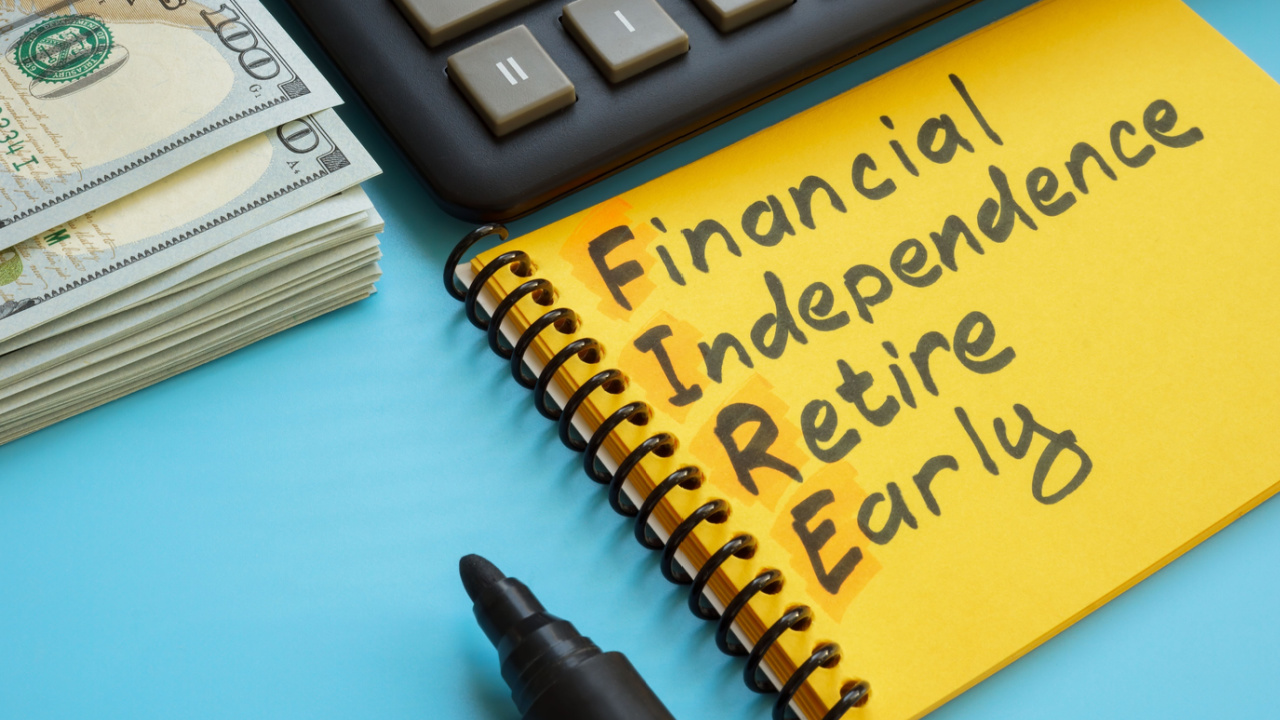
FIRE – Financial Independence, Retire Early. That’s the dream, right? Quit the rat race and live life on our own terms. It’s totally doable. Plenty of people join the FIRE movement and manage to retire pretty quickly. And there’s a LOT of advice out there on how to do it. Sadly, much of the advice is outdated or just plain bad.
12 Money Mistakes That Can Leave You Vulnerable in a Crisis
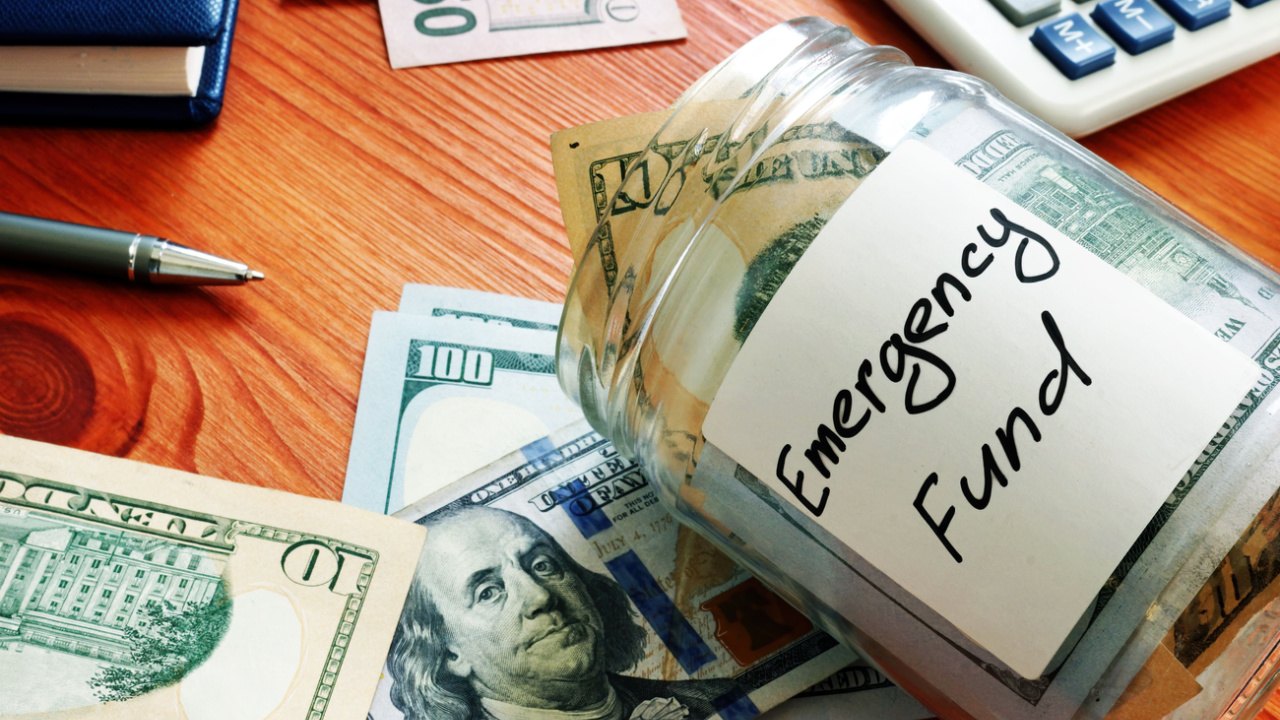
In times of uncertainty, financial stability is more crucial than ever. While prepping for physical emergencies is vital, don’t overlook financial prepping. Avoiding these common money mistakes can help make sure you’re in a stronger position to weather any storm.
Surviving the Crash: 17 Hot Takes on Crypto in a Post-Collapse World

With recent global unrest and economic uncertainties, many people are starting to worry about the stability of our money. They’re looking for new options like cryptocurrencies. Using digital money might sound strange, but it’s becoming more common. Big names like Bitcoin and Ethereum are leading the way. This article will look at how cryptocurrency could change things in a shaky economy. We’ll discuss the good and bad sides of using digital money. Get ready to learn about the crypto world and how it might affect our financial future!

